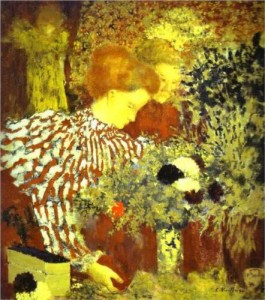 Hearing of our friend Peter’s death, Dhanya commented Death is a strange phenomenon in our world. One minute the person is alive and available, and the next minute totally gone, thereby summing up in simple words how it feels to experience the death of another person.
Hearing of our friend Peter’s death, Dhanya commented Death is a strange phenomenon in our world. One minute the person is alive and available, and the next minute totally gone, thereby summing up in simple words how it feels to experience the death of another person.
Reflecting on her statement, I came to look at death from the perspective of the dying one – noticing that life turns into as strange a phenomenon as death.
Perceiving with these mithyA-senses and this mithyA-mind a mithyA-body-mind entity called Sitara that is part of a mithyA-universe, whirling and twirling around in orderly beauty. All of this is obviously ‘here’ and yet also dreamlike, for neither Sitara nor the universe has always been here, nor will they eternally remain here in this form. All phenomena are in a constant flux, forever appearing and disappearing to something that is itself neither alive nor dead nor even different from the appearances and disappearances themselves.
Life is such a colorful, diverse, multidimensional phenomenon and, to almost everyone, it seems to be absolutely real. Yet it does not serve any purpose except for one peculiar one: to realize that this full explosion of creativity is no more real than the moon’s shining.
What a strange phenomenon is life – and how blessed is everyone who knows him/herself as life, death and beyond.
Photo credits: luise@pixelio.de

